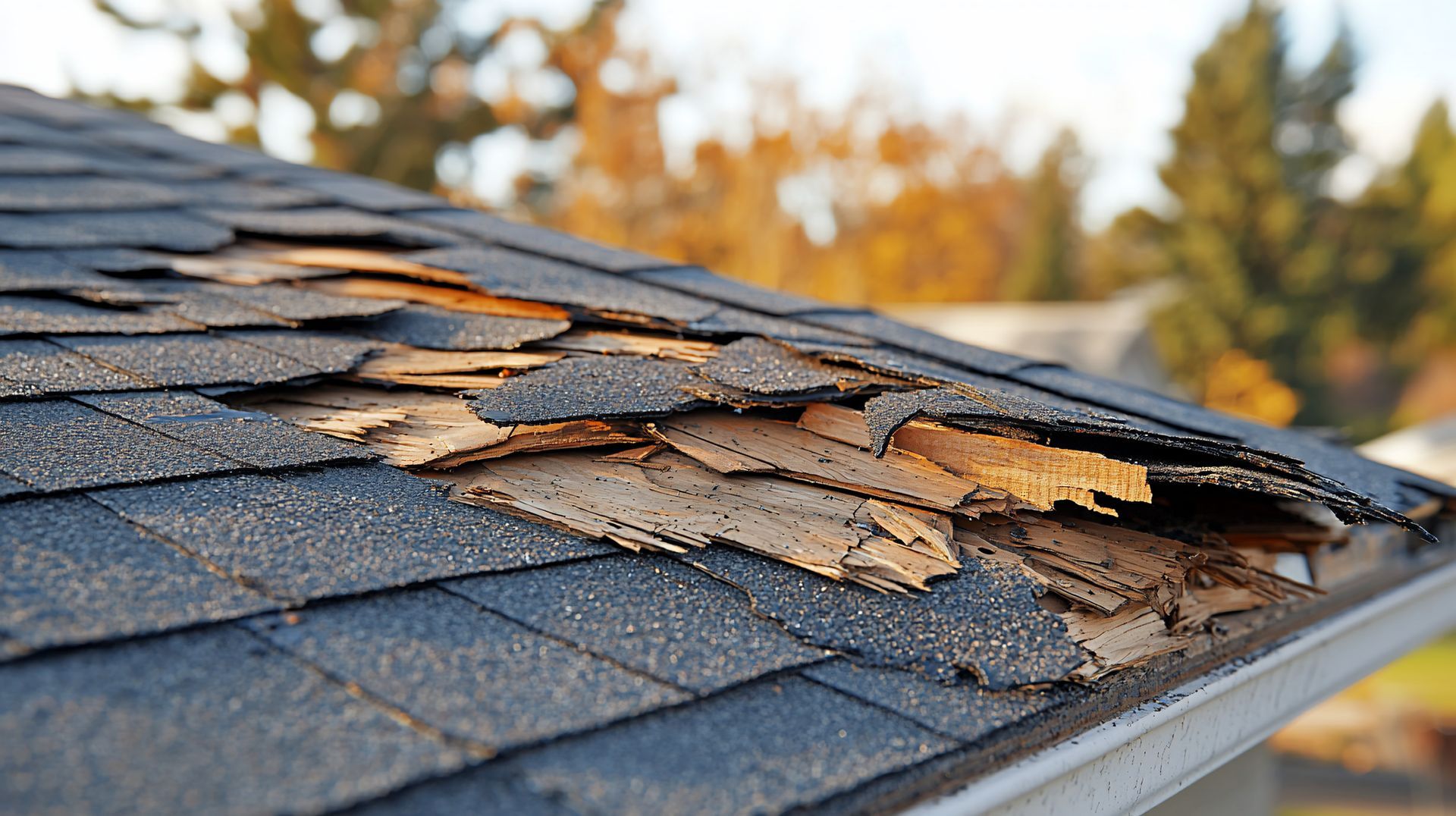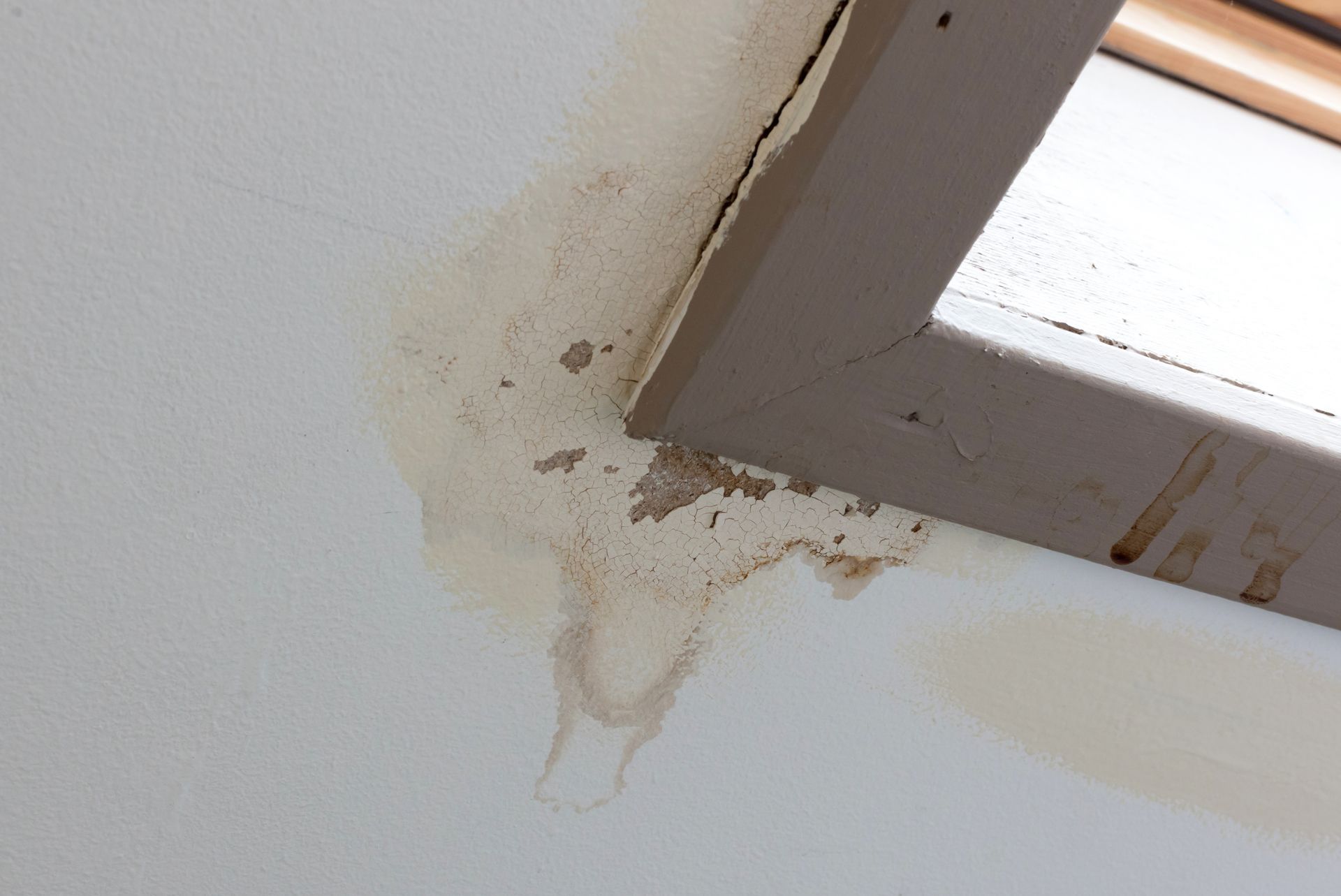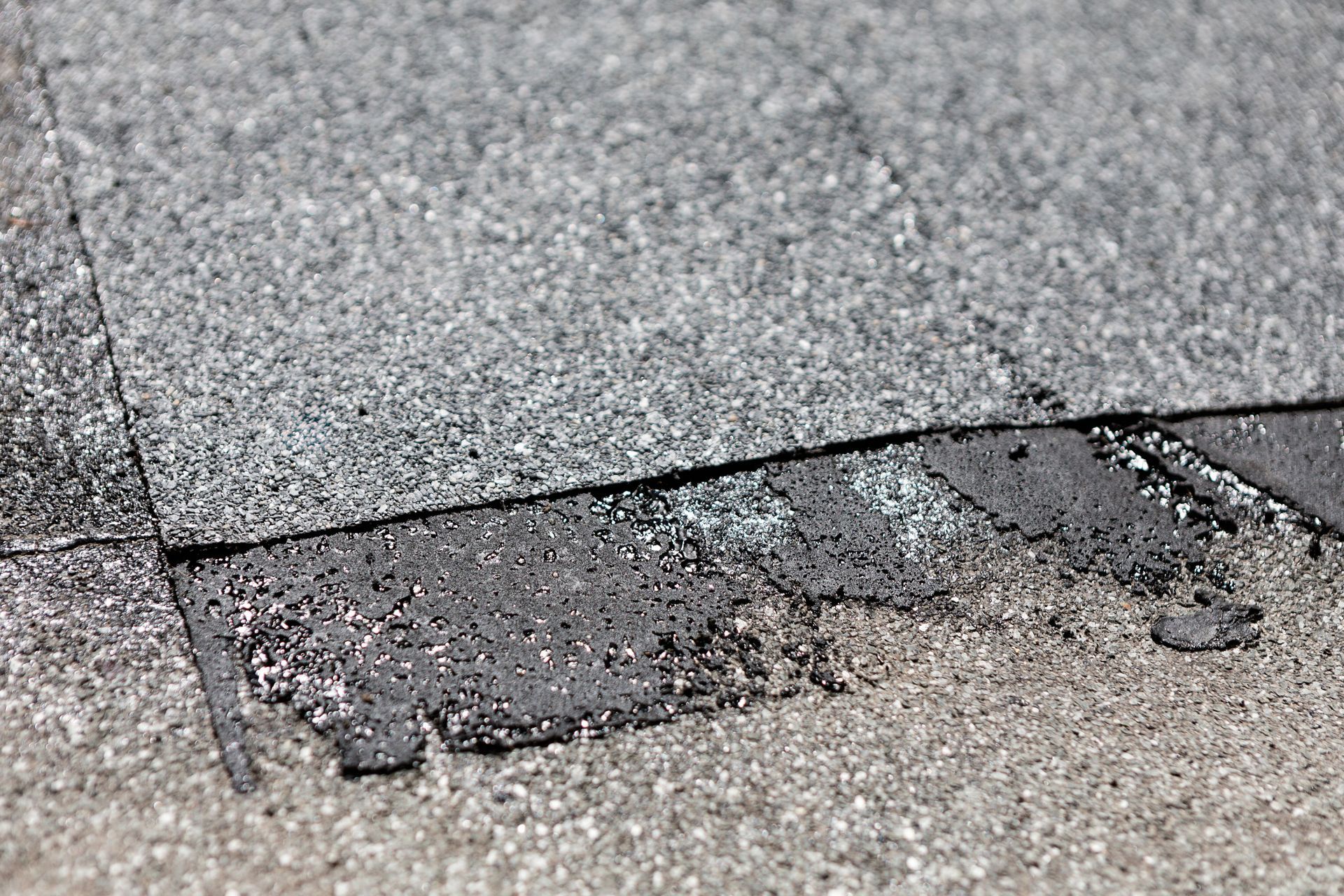What to Know About Summer Storm Damage and Your Roof Warranty

Seattle’s summer weather may be milder than other parts of the country, but when a summer storm rolls through, it can bring sudden and damaging wind, rain and even hail. While your roof is your home’s first line of defense, it’s not invincible. And after a storm hits, one of the first questions homeowners ask is: will my roof warranty cover the damage?
The short answer is, it depends. Roof warranties are often misunderstood and loaded with fine print. Many homeowners are surprised to find out that even though they thought they had “lifetime” coverage, their warranty may not apply to storm damage at all. Knowing what your roof warranty does and doesn’t cover can help you avoid unexpected repair bills and take the right steps after a storm.
The Two Types of Roof Warranties
Most homes have two types of roof warranties in place: the manufacturer’s warranty and the contractor’s workmanship warranty.
The manufacturer’s warranty covers defects in the roofing material itself. If your shingles were faulty and started curling or breaking down prematurely, this is the coverage that might kick in. However, this warranty rarely covers damage caused by outside forces like wind or hail. If a shingle was damaged due to a storm, even if it was brand new, that damage typically isn’t covered under the manufacturer’s terms.
The workmanship warranty is offered by the contractor who installed your roof. This type of warranty covers installation errors. If flashing was improperly sealed or shingles were nailed incorrectly and a leak formed during a storm because of that error, the repair could be covered. But if everything was installed correctly and the storm simply overpowered the materials, this warranty likely won’t apply either.
What Warranties Typically Exclude
This is where many homeowners get caught off guard. Most roofing warranties contain exclusions for what’s considered "acts of God", which includes wind, hail, fallen tree limbs and flying debris. Warranties may also include specific conditions that void coverage, such as:
- Wind damage above a certain speed threshold
- Poor roof maintenance or neglect
- Lack of documentation proving regular inspections
- Unauthorized repairs or modifications
- Improper ventilation or drainage systems
Warranties also typically require the homeowner to notify the manufacturer or contractor within a certain period of discovering the damage. If you wait too long after a storm, your claim could be denied on a technicality.
Your Homeowner’s Insurance Is Key
It’s important to remember that warranties and homeowner’s insurance serve different purposes. A roof warranty protects you from manufacturing defects or roofer installation mistakes, while your homeowner’s insurance policy is what generally covers damage caused by storms.
However, even with insurance, it’s critical to document the damage promptly. This usually requires an inspection from a licensed roofing professional who can assess whether the storm was the cause of the damage and provide photos and a written report to support your claim.
Insurers may deny claims if the damage appears to be the result of age or neglect, rather than the storm itself.
Why Summer Storms Are Particularly Problematic
Many people think of winter as the most damaging season for roofs, but summer convective storms can cause just as many issues, especially when they hit after weeks of dry weather. High winds can lift or tear off shingles that may have loosened during the previous winter, and sudden downpours can find their way into existing weak spots. If a large branch from a tree lands on the roof, it can cause both immediate and hidden structural damage.
Because the weather is typically dry in summer, damage might not be obvious until the next rainy spell reveals a leak. This delay can be costly if you wait too long to address the issue or assume your warranty will take care of it.
Steps to Take After a Storm
After a summer storm, the most important thing you can do is act quickly and document everything. Start with a visual inspection from the ground. If you notice missing shingles, debris on the roof or water spots on ceilings inside your home, call a professional for an inspection right away.
A roofing contractor can provide a full assessment, help you determine whether the damage is covered under warranty or insurance, and offer a timeline for repairs. Keep all documentation, including inspection reports, photographs and repair estimates. This will be essential if you end up filing an insurance claim or need to submit a warranty request.
Preventative Maintenance Helps Protect Your Coverage
Regular maintenance is not just good for your roof, it can also protect your warranty. Many warranties require proof that you’ve maintained the roof properly. That includes clearing gutters, removing moss, checking for loose flashing and scheduling periodic professional inspections.
Being proactive about roof care helps catch minor issues before they become major problems and provides documentation to back up any future claims.
Our Seattle Roofing Company Can Provide Help Before or After a Storm or Roof Damage
When it comes to navigating roof warranties and dealing with storm damage, Chet’s Roofing & Construction is here to help. Our team has decades of experience inspecting, maintaining and repairing roofs across the Puget Sound area. We know the fine print in roofing warranties and how to work with manufacturers and insurance companies to protect your investment.
Call Chet’s Roofing & Construction today at (877) 611-1514 or schedule your free roof replacement estimate on our website.



